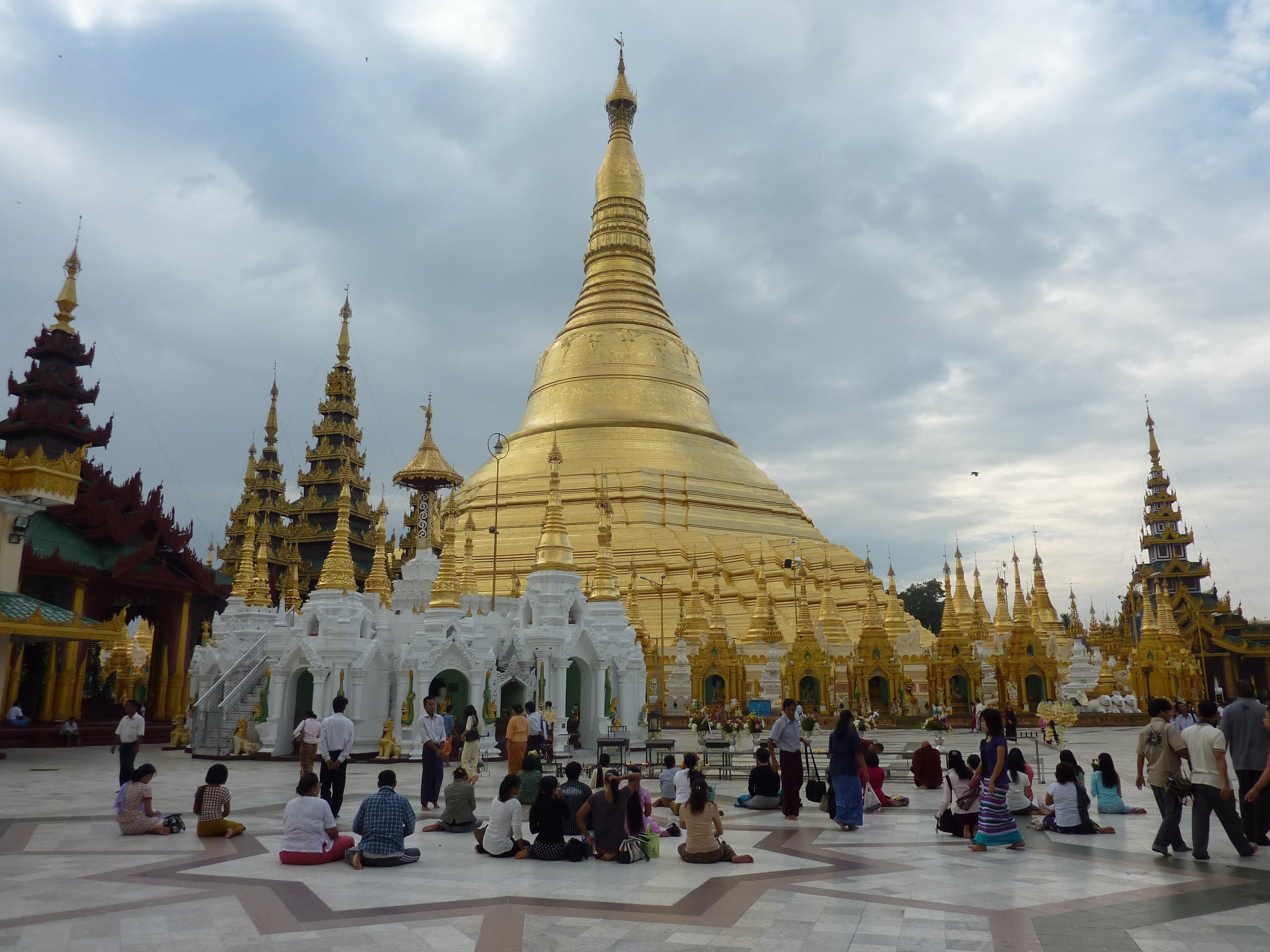Oh Me Oh My (Oh Myanmar)
 As the geopolitical chessboard of Asia evolves, it is becoming clear that Myanmar is an increasingly critical piece. Still Myanmar’s future is both crucial and uncertain. As China and India vie for influence in Myanmar, a comparatively small country, Burma also is conducting a bold experiment with liberal governance. Yet with frontier militias constantly threatening violence and instability, there is no guarantee that the infantile new government will be able to manage the democratic transition smoothly.
Recently, the rulers of Myanmar traded their military outfits for the much more amicable garb of a civilian government. The jury is still out on whether or not this constitutes “change we can believe in,” but all indications thus far point to a genuine desire for change among the people and the newly “elected” government. The relaxation of media controls, the release of several thousand political prisoners, and the reconciliation with Nobel-prize winning freedom activist Aung San Suu Kyi are all good signs that the government is serious about this whole “freedom” thing.
As the geopolitical chessboard of Asia evolves, it is becoming clear that Myanmar is an increasingly critical piece. Still Myanmar’s future is both crucial and uncertain. As China and India vie for influence in Myanmar, a comparatively small country, Burma also is conducting a bold experiment with liberal governance. Yet with frontier militias constantly threatening violence and instability, there is no guarantee that the infantile new government will be able to manage the democratic transition smoothly.
Recently, the rulers of Myanmar traded their military outfits for the much more amicable garb of a civilian government. The jury is still out on whether or not this constitutes “change we can believe in,” but all indications thus far point to a genuine desire for change among the people and the newly “elected” government. The relaxation of media controls, the release of several thousand political prisoners, and the reconciliation with Nobel-prize winning freedom activist Aung San Suu Kyi are all good signs that the government is serious about this whole “freedom” thing.
But the picture in the country is not all rosy. Deep in the frontier jungles, armed militias of ethnic minorities are resisting attempts by the central government to rein them in. These minority groups, including the Kachin, Shan, and Kokang, agreed to join a federal union once the British departed. Yet after unfair treatment at the hands of the Bamar (the dominant ethnic group), many of these ethnic minorities fled deep into the jungle and began campaigns of guerilla warfare against the central government, which has been plaguing the stability of Myanmar for decades. With the ethnic minority militias as a still-present menace, a renewal of civil war conditions could convince the central government that this experiment with democracy was a bad idea.
Against the backdrop of this uncertain transition is increased Indian and Chinese interest in Myanmar. Since the 1990s, Chinese investment in Myanmar has soared in an attempt to transform Myanmar into China’s “California”—giving China’s remote western provinces, such as Sichuan and Yunnan, a more direct route to the sea and the global marketplace. India has also increased investment and dialogue in the country as part of its “Look East” policy. Now, some are speculating that a new “Great Game” may be emerging between these two Asian giants.
The emergence of a more open, democratic, and representative Myanmar would certainly encourage India and dash the hopes of the Chinese giant to the north.
While the ethnic junta was all-too-happy to accept billions of dollars from the Chinese for its development projects, the new civilian government has already demonstrated that the Burmese are willing to stand up to their “northern friends.” In the recent case of the Myitsone Dam near China, the Burmese government listened to concerns of the local population and ordered a halt to the construction of the dam. This merely could be the first in a long series of cases where the Burmese people demonstrate a wish for Chinese influence to be curtailed.
Modern Myanmar is definitely headed in a positive direction away from authoritarianism – towards democracy and human rights. Not only will this be great for the people of Myanmar, but it will also be a major strategic gain for India and the West.
The Chinese, on the other hand, have a lot to lose in every possible scenario. If Myanmar proceeds down the democratic path, it may lose a major access point to the Indian Ocean. If Myanmar descends into an orgy of ethnic violence, new Chinese infrastructure most probably would be destroyed, and thousands of Burmese refugees would no doubt pour into the southwest. However, in this worst case scenario, the need for stability may also lead to the return of the jungle junta, allowing China to get its authoritarian friends back.
Whatever the outcome: Asia’s chessboard is at a turning point, and the next few moves will result in major repercussions for Asian geopolitics.
